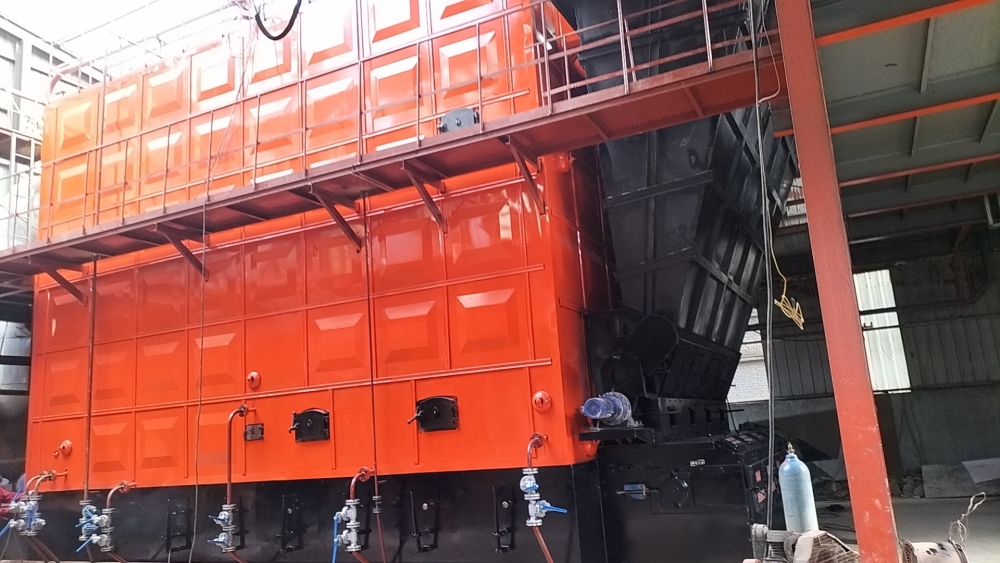
Oct . 31, 2024 16:09 Back to list
Troubleshooting Common Issues with Non-Functional Steam Boilers in Your Home
Troubleshooting Your Steam Boiler What to Do When It's Not Working
A steam boiler is a crucial component in many industrial and domestic heating systems, providing steam for powering equipment, heating buildings, or even generating electricity. However, there may come a time when your steam boiler is not functioning properly, leading to disruptions in your operations or home comfort. Understanding the common issues that can arise with steam boilers, along with troubleshooting steps, can help you pinpoint the problem and prevent further complications.
1. Identifying Common Problems
There are several reasons why a steam boiler may stop working efficiently. One of the most common issues is a lack of water in the boiler. Low water levels can result from leaks in the system, a malfunctioning feedwater valve, or a faulty water level indicator. If the water level drops too low, the boiler can overheat and cause severe damage or even a breakdown.
Another common issue is a malfunctioning pressure control system. If the pressure gauge shows no readings or excessively high pressure, it could indicate problems with the pressure relief valve, which prevents the buildup of dangerous pressure levels. Similarly, issues with the temperature control can affect the boiler's ability to produce steam.
2. Troubleshooting Steps
If you find your steam boiler is not working, the first step is to check the water level. Ensure that it is within the normal operating range. If the water level is low, you will need to identify and repair any leaks before refilling the boiler. Check the water feed valve for proper operation; if it is clogged or malfunctioning, it may need replacement.
steam boiler not working

Next, inspect the pressure control system. Look for any visible signs of damage on the pressure gauge and relief valve. Adjust the settings as needed to ensure they align with manufacturer specifications. If the pressure gauge remains faulty, replacement may be necessary to restore normal function.
Another aspect to check is the electrical connections. Ensure all switches, relays, and electrical connections are secure. A blown fuse or tripped circuit breaker can also disrupt power to the boiler, preventing it from functioning.
3. When to Call a Professional
While many boiler issues can be identified and corrected through troubleshooting, some problems may require professional assistance. If you have addressed the common issues mentioned and your steam boiler is still not operational, it may be time to contact a qualified technician. They can perform a comprehensive inspection, identify underlying problems, and recommend repairs or replacements.
Regular maintenance is key to preventing boiler issues. Schedule routine inspections and servicing to keep your steam boiler running efficiently. Routine maintenance can identify small issues before they escalate into costly repairs, ensuring your boiler operates smoothly for years to come.
In conclusion, encountering problems with your steam boiler can be frustrating, but with careful troubleshooting, many issues can be resolved. By understanding common problems and knowing when to seek help, you can keep your steam heating system running efficiently and effectively.
-
High-Efficiency Commercial Oil Fired Steam Boiler for Industry
NewsJul.30,2025
-
High-Efficiency Biomass Fired Thermal Oil Boiler Solutions
NewsJul.30,2025
-
High Efficiency Gas Fired Thermal Oil Boiler for Industrial Heating
NewsJul.29,2025
-
High-Efficiency Gas Fired Hot Water Boiler for Sale – Reliable & Affordable
NewsJul.29,2025
-
High Efficiency Biomass Fired Hot Water Boiler for Industrial and Commercial Use
NewsJul.29,2025
-
High-Efficiency Biomass Fired Hot Water Boiler for Industrial Use
NewsJul.28,2025
Related PRODUCTS






















